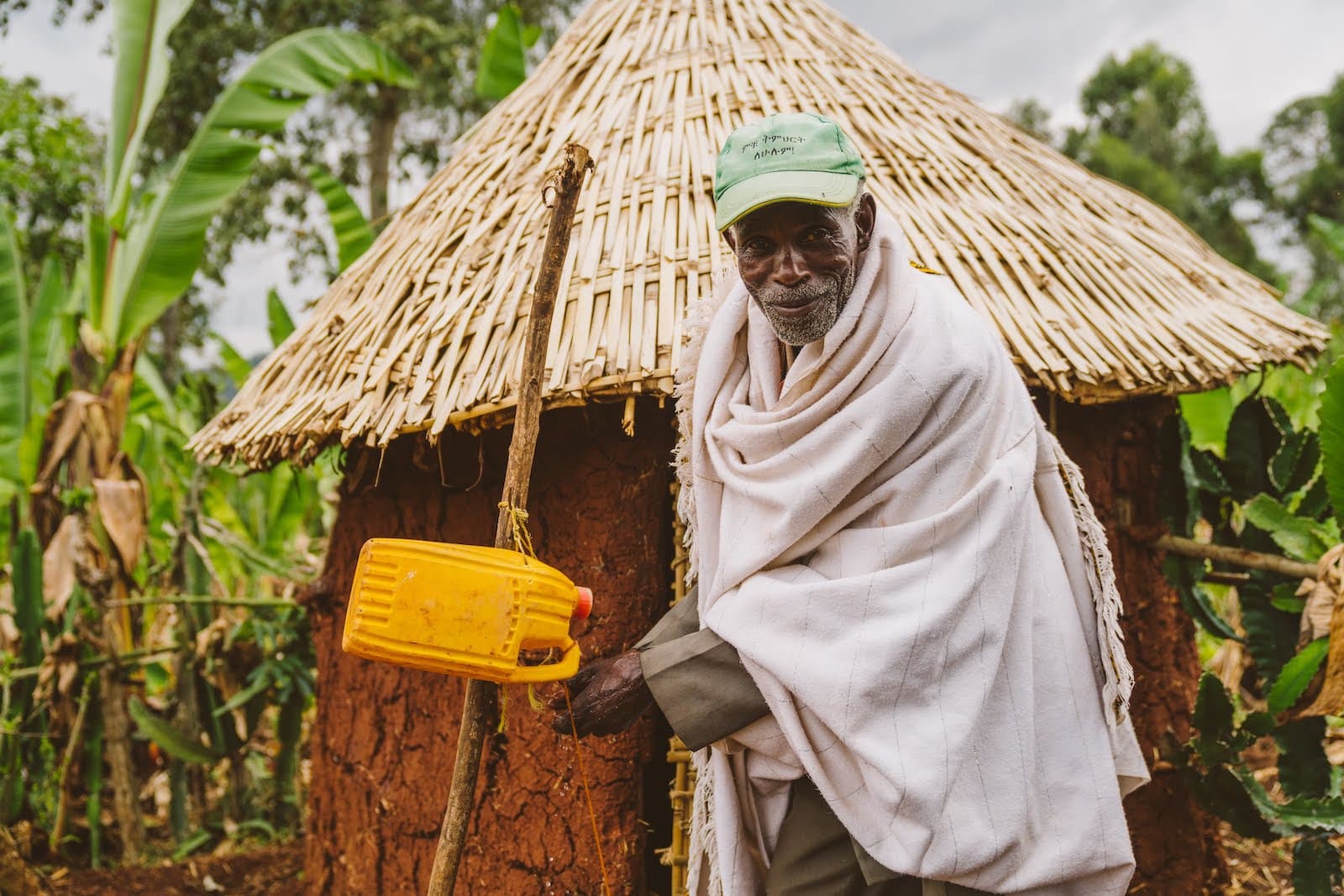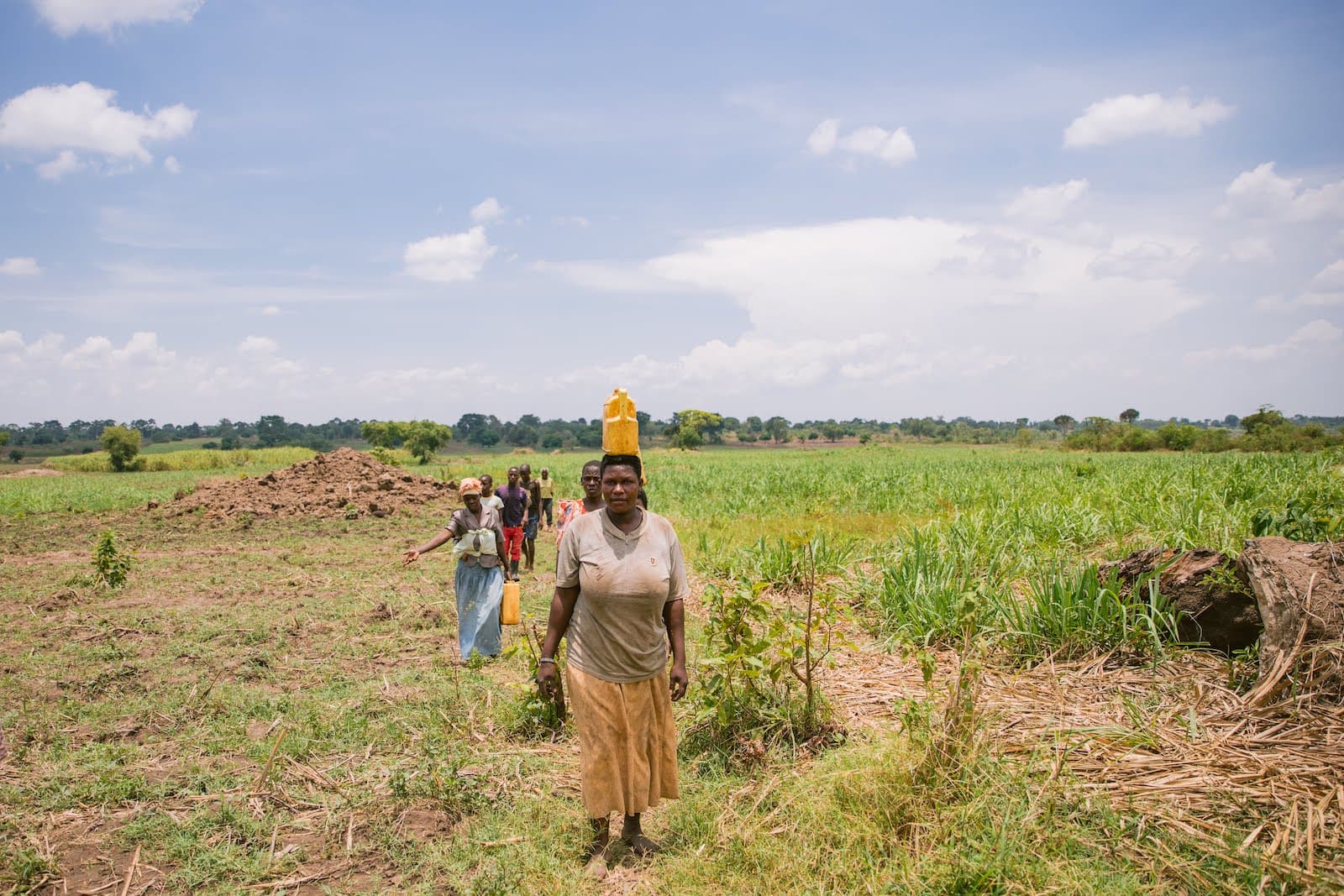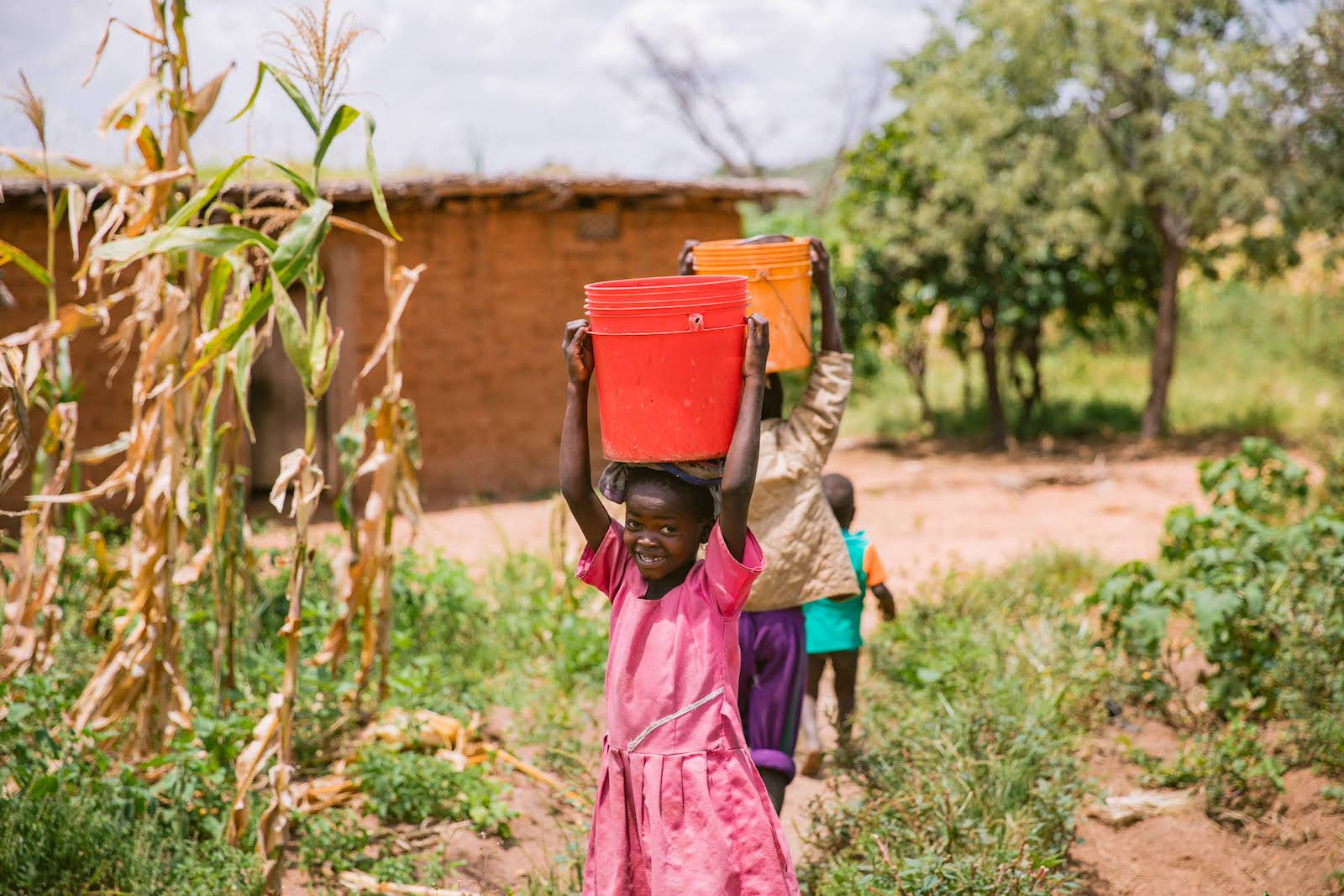Which Country Has The Least Access To Clean Water
Today, almost 800 1000000 people lack bones access to make clean h2o. Those who live in countries without clean water tin can fall sick, struggle to nourish school regularly amidst regular trips to faraway water sources, and boxing poverty.
Inside the Un' 2030 Sustainable Evolution Goals is goal #6, "ensure availability and management of h2o and sanitation for all." Information technology is a shared effort to save lives now and drive progress moving forward. Together, governments, organizations, and communities are working to bring sustainable, safe drinking water to every person on the globe.
Top ten Countries Without Clean H2o
The WHO/UNICEF Articulation Monitoring Programme (JMP) is the global public expert on water access, sanitation, and hygiene. According to JMP, "basic access" requires that a person is able to gather safe h2o in under a thirty minute round trip . This includes the time that it takes to wait in line.
This is because drinking contaminated water can crusade affliction and fifty-fifty death, specially for immature children. Similarly, spending likewise much time journeying for water reduces quality of life, making education attainment a challenge for children and keeping adults from work.
Although the world water crisis is in constant flux, the post-obit 10 countries have some of the most challenging water issues in the globe today.
1. Ethiopia
Most 60 percent of the population in Ethiopia lacks basic access to drinking water. Half of those without basic access are drinking from water that is more than likely or certainly contaminated, similar hand-dug wells, unprotected natural springs, ponds, and more.
Progress
In 2005, most a quarter of Ethiopians were drinking from surface h2o. In 2017, that number fell to 9 percent. Huge progress has also been fabricated in the area of sanitation. In 2005, 62 percent of Ethiopians were defecating exterior, causing human waste material to find their way into surface water sources and making many families sick. Open defecation has fallen to 22 pct.
Requite Federal democratic republic of ethiopia CLEAN WATER >

2. Papua New Guinea
In Papua New Guinea, 51 percentage of the population drinks surface water. That'southward h2o from ponds, lakes, rivers, swamps, and springs, among other locations. Sanitation challenges follow. In Papua New Guinea, 87% of the population lacks basic sanitation services, meaning they don't take a toilet of their ain.
Progress
Since 2005, basic access to safe water has improved, from 34.5 percent in 2005, to 41 per centum in 2017. Cases of communities defecating outside take actually increased slightly. Sources point to a long history of colonization, government corruption, and misuse of resource to business relationship for the public health status today.
3. The Republic of Chad
JMP reports that 61 pct of people in Chad are without basic water access and 67 percent of the country is practicing open defecation. This means that those with toilets or pit latrines are in the minority in Chad, and more than half of the population doesn't have adequate water access.
Progress
Progress has been wearisome in Republic of chad following the reign of Dictator Hissène Habré from 1982- 1990. The history of the country, not unlike other countries without clean water, has been marked by instability and violence.
four. Uganda
One-half of the population in Republic of uganda cannot gather safe drinking water in under 30 minutes. Often, families depend on drinking water from a faraway community or across difficult terrain. Many communities still rely on swamps, ponds, rivers, and unprotected springs for h2o.
Progress
Since 2005, admission to at to the lowest degree a basic level of safe drinking h2o has increased past 17% in Uganda, and open defecation has been cutting in half.

GIVE CLEAN WATER TO Uganda TODAY >
5. Democratic Commonwealth of the Congo (DRC)
In the DRC, 57 pct of the population does not have bones access to water. The primal african country also has a large gap betwixt the richest and poorest. Among the poorest, only virtually xv pct have basic access. Amidst the richest, about 85 pct.
Progress
While the divide betwixt the rich and the poor has stayed relatively the same, the country has seen humble improvements in basic water access (well-nigh 7 percent growth between 2005 and 2017).
6. Mozambique
Only under 45 pct of the country of Mozambique is without basic access to water. That'southward over 13 million people. In terms of sanitation, the majority of the state (70 percent) lacks admission to their ain toilet.
Progress
In 2005, only well-nigh thirty percentage of the country had basic access to safe water. By 2017, they had almost doubled bones admission with 56 percentage of the country obtaining bones access. Basic sanitation access has also doubled since 2005, bringing increased dignity and health to millions of citizens.
seven. United Commonwealth of Tanzania
About 43 percentage of Tanzania lacks basic access to safe drinking h2o. 14 pct of the land, over eight million people, are drinking surface water to survive.
Progress
While only 35 percent of the land had basic access to water in 2005, that number grew to 57 per centum in 2017. The country has also made great progress in sanitation, from just 11 percent with the highest degree of sanitation access to 25 percentage as of 2017.

Give TANZANIA Clean WATER >
8. Somalia
Nearly half of Somalia (47 percent) does non meet JMP'due south standards for bones water admission. A third of the state relies on "limited" access structures, meaning that although the structure is assumed to be safety for drinking, it takes longer than thirty minutes for a roundtrip. Much of Somalia is walking long distances for drinking h2o.
Progress
More people than e'er before are drinking safe h2o in Somalia today. "Limited" admission has seen meaning growth in Somalia, meaning families who used to take no access to condom water can now become it, only information technology's a journey that takes them more than 30 minutes in a roundtrip. In 2005, just xiii percent had limited admission; in 2017, 31 percent did. While however a challenge to overcome, it's a marker of increased wellness.
ix. Pakistan
Unlike other countries without make clean water, the challenge in Pakistan is non water admission but hand washing. Pakistan has 1 of the largest gaps in hygiene availability between the richest and the poorest. While 94 per centum of the virtually wealthy in the land take basic access to hand washing with lather and water, only 17 percent of the poorest in the country have the aforementioned access. This means that illness is more common and mortiferous in low income communities.
Progress
In Pakistan, open defecation has fallen from 31 to 10 percent between 2005 and 2017. This creates a safer, healthier environs for everyone.
ten. Nigeria
In Nigeria, 71 per centum of the population has at least basic access to safe drinking water. This nevertheless leaves 29 percent of the population without it, but the principal concern in Nigeria is open up defecation. In the Westward African country, 20 percent of the population practices open defecation.
Progress
Since 2005, the land has progressed from just 38 percent of the population with basic water access to 51, crossing into the majority. And, more than people than ever take access to a toilet.
LEARN MORE ABOUT THE GLOBAL WATER CRISIS >
Moving Forward: Bringing Countries Make clean Water
The global water crisis is one of the greatest challenges that the globe faces today. Simply, individuals, organizations, and governments are facing it head on, implementing sustainable solutions, meeting urgent needs daily, and improving life for families all over the world.
For over 40 years, Lifewater International has brought condom water, improved wellness, and hope to families suffering from the global water and sanitation crisis. Progress is made each day, and nosotros believe that together, we can end the crunch in our lifetimes.
Right at present, y'all can see a family in need of safe water and improved sanitation at lifewater.org. You can give to their community and change lives.
GIVE COUNTRIES Make clean H2o TODAY >
Source: https://lifewater.org/blog/how-many-countries-dont-have-clean-water-top-10-list-and-facts/
Posted by: fisheldraugh.blogspot.com


0 Response to "Which Country Has The Least Access To Clean Water"
Post a Comment